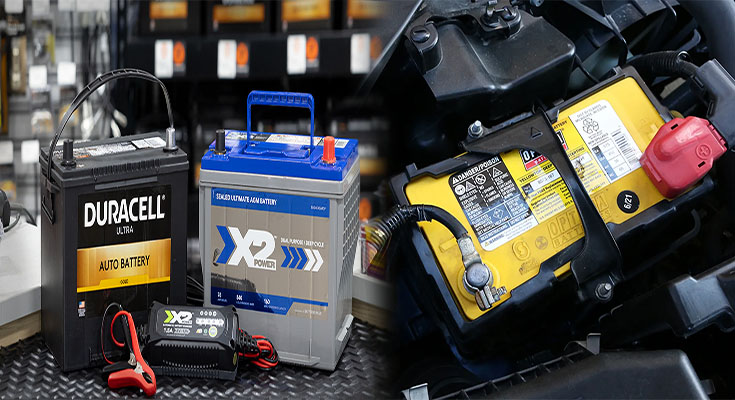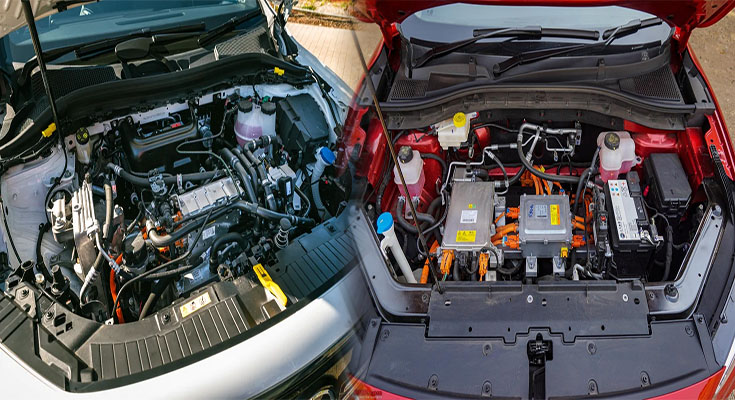
Optimal Sizes for AGM Car Batteries in Different Vehicle Models
The automotive industry is continually evolving, with vehicles becoming more advanced and incorporating sophisticated electronics and technology. As a result, the demand for reliable and efficient automotive batteries has grown considerably. Absorbent Glass Mat (AGM) batteries have gained prominence due to their ability to meet the high power demands of modern vehicles. However, selecting the optimal size of AGM car batteries for different vehicle models is crucial to ensure optimal performance and longevity. Let’s explore the importance of size optimization and considerations to keep in mind when choosing AGM batteries.
Why Optimal Battery Size Matters
Power and Performance
Optimizing the size of an AGM car battery is crucial to ensure sufficient power supply for the vehicle’s electrical systems. Inadequate battery size can result in insufficient power, leading to starting issues, frequent battery failures, and diminished overall performance. On the other hand, an oversized battery might not provide the necessary power …
Optimal Sizes for AGM Car Batteries in Different Vehicle Models Read More




